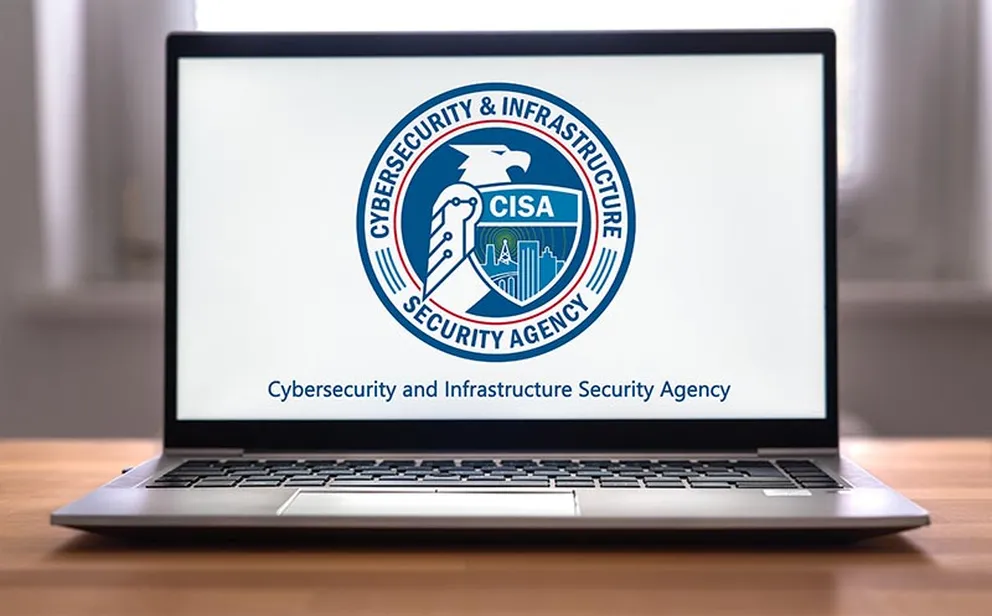Clear frameworks matter more than complex talk in cybersecurity readiness. For contractors working with the Department of Defense, understanding CMMC compliance is more than a checklist—it’s about integrating security habits into everyday workflows. The building blocks below offer a practical breakdown of what CMMC compliance requirements truly mean for operational security and future contract eligibility.
Access Control and Identity Enforcement
Managing who gets access—and when—is the foundation of CMMC security. The core of access control involves verifying that only authorized personnel can reach specific systems, files, or networks. Multi-factor authentication, user account provisioning, and time-based access rules help prevent both internal mishandling and external threats. This is particularly relevant under CMMC level 1 requirements, where basic safeguards must already be in place.
Beyond technical tools, identity enforcement must be embedded into processes. That includes immediate deactivation of old credentials, role-based access mapping, and continuous audit of permissions. Without these steps, compliance consulting efforts may fail to align with CMMC level 2 compliance thresholds during a formal assessment.
Configuration Management and Change Discipline
Tracking every change in a system prevents security gaps from going unnoticed. Configuration management ensures systems are built and maintained to known secure states. It controls software versions, system settings, and patch levels while locking out unauthorized alterations. This practice aligns directly with CMMC controls that assess stability and trustworthiness of digital environments.
More than just documentation, disciplined change control reduces risk during upgrades or troubleshooting. It includes formal approval chains, impact analysis, rollback procedures, and audit trails for any modification. CMMC pre assessment phases often reveal gaps in this area, especially for contractors without consistent change protocols across departments.
Incident Response Planning and Reporting Structure
A clear reaction plan turns security failures into managed events. Incident response under CMMC compliance consulting frameworks isn’t just about knowing what to do—it’s about defining responsibility and timelines. Effective plans outline notification protocols, containment measures, escalation paths, and recovery timelines. They ensure that all stakeholders understand their roles before an event occurs.
Testing those plans is just as important. Tabletop exercises and red team assessments help refine how real-world scenarios would play out. Government security consulting firms often include this area early during engagement, recognizing that preparedness reduces both breach impact and assessment risk.
Risk Assessment and Continuous Review
Risk isn’t static, and neither should a contractor’s understanding of it be. CMMC controls require ongoing review of systems, processes, and threats. This means identifying vulnerabilities, analyzing potential impacts, and prioritizing mitigation efforts. Contractors who perform quarterly or bi-annual assessments are more likely to meet CMMC level 2 requirements during formal evaluations.
This continuous cycle supports better investment decisions as well. It shows where to focus budget and staff time—whether that’s hardening infrastructure or improving employee training. Preparing for CMMC assessment includes proving that these reviews aren’t just one-time events, but part of a lasting security culture.
Security Awareness and Workforce Accountability
Security posture isn’t just hardware and policies—it’s also behavior. Workforce awareness ensures that personnel understand how their actions affect CMMC compliance requirements. Regular training, phishing simulations, and signed usage policies reinforce secure habits and minimize human error. Under CMMC level 2 compliance, these habits must be documented and measurable.
Accountability strengthens this even further. Teams should know not only what is expected of them, but also how violations are handled. That creates a transparent culture where security is a shared responsibility, not just an IT concern. CMMC consultants often point to this area as a differentiator between passing and failing scores.
System Integrity Across Endpoints and Networks
Protecting the entire digital ecosystem requires keeping every endpoint and data transfer clean. This includes anti-malware protections, secure configurations, and consistent system monitoring. Ensuring the integrity of devices—whether mobile, on-premises, or cloud-connected—is essential to meeting both CMMC level 1 and CMMC level 2 requirements.
Unauthorized software or altered configurations can introduce serious risk. CMMC scoping guides often focus on identifying which systems fall within scope and ensuring that each is hardened against manipulation. Tools like file integrity monitoring and endpoint detection play a role, but human oversight is just as important.
Audit Logging and Traceability of Activity
Logs tell the story of what’s happened across a system. Keeping track of who did what—and when—helps teams understand the scope of any issue and verify policy compliance. For CMMC compliance, audit logs need to be centralized, tamper-resistant, and routinely reviewed. They cover user access, configuration changes, file transfers, and security alerts.
Proper logging also supports investigation and accountability. During a CMMC pre assessment, missing or inconsistent logs often raise concerns. Setting up structured retention schedules and ensuring visibility across systems strengthens a contractor’s readiness and speeds up the official review process by auditors.
Physical and Environmental Safeguards
Even the strongest software defenses can’t stop a misplaced badge or unlocked server room. Physical and environmental protections ensure that only authorized personnel can enter secure spaces. These safeguards include surveillance, access logs, locked cabinets, and restricted zones within offices. They also involve fire suppression, climate control, and uninterruptible power systems to protect equipment.
These controls become part of the compliance picture when reviewing facility-level security. Consulting for CMMC projects often includes an on-site inspection to verify that physical protections match digital ones. Facilities that skip this area often risk failing assessments, regardless of how strong their network defenses may be.
